At this reading, the spring turkey season in your area is over or down to its final days. How did you do? Were you successful? Find some new hunting lands? Maybe, learned a unique trick or two that should help out next year? Those memories are fresh in your mind and now’s the time to log them with pen and paper, on your desktop, or notes in your cell phone.
Keep it Simple
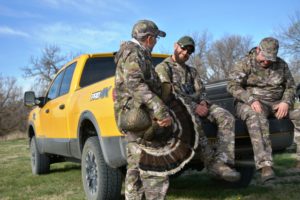 This need not be a lengthy document, but at least list important events that will jog your memory as you look forward to the 2018 season. For example, my opening day arrived with huge excitement. As usual, I barely slept a wink, arrived at my hunting site in plenty of time, but saw no turkeys. Normally, this small farm is a sure thing on opening day, yet I learned that the owner had timbered the property and cut down all of the large roosting trees. Next year, I’ll need to completely re-scout the farm to learn if the birds have returned or adjust my hunting locations accordingly.
This need not be a lengthy document, but at least list important events that will jog your memory as you look forward to the 2018 season. For example, my opening day arrived with huge excitement. As usual, I barely slept a wink, arrived at my hunting site in plenty of time, but saw no turkeys. Normally, this small farm is a sure thing on opening day, yet I learned that the owner had timbered the property and cut down all of the large roosting trees. Next year, I’ll need to completely re-scout the farm to learn if the birds have returned or adjust my hunting locations accordingly.
Think of Family
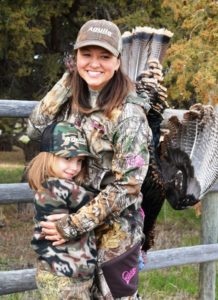 Do you have a youngster you want to take hunting? Perhaps a grandson, granddaughter, or child that has reached the age? Youth seasons are great opportunities to get them involved in hunting at a time when birds are gobbling actively. The dates probably won’t be printed at this time, yet most states operate on a routine basis. In Maryland, the spring gobbler season always opens on April 18th with the youth hunt the weekend prior to that date. Easter is on April 1, next year, so most school systems will take their spring breaks around that time.
Do you have a youngster you want to take hunting? Perhaps a grandson, granddaughter, or child that has reached the age? Youth seasons are great opportunities to get them involved in hunting at a time when birds are gobbling actively. The dates probably won’t be printed at this time, yet most states operate on a routine basis. In Maryland, the spring gobbler season always opens on April 18th with the youth hunt the weekend prior to that date. Easter is on April 1, next year, so most school systems will take their spring breaks around that time.
Note the Timing
How was your opening day? Did weather play a factor? Will you hunt differently next year? These are the kinds of details that make a hunting log so important. As you read through your notes on some cold dreary, February day, those events will pop back into your mind and you’ll adjust your game plan accordingly.
What time of day was best? Over the past several years, I’ve had great success in the 10-12:00 noon time slot. On several occasions I’ve found turkeys gobbling actively in search of hens and had great success. If you have flexibility in your work schedule, you can hunt the most productive times without those killer early morning rises that take their toll on successive days.
Late Can Be Great
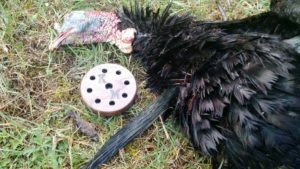 Bill McKinley, one of my best friends, became frustrated after having no success during the first three weeks of the season. He normally tags out in the first week, yet things just didn’t go his way. Ironically, the final week of the season was a complete turn around. Four days before the season closed, he found himself sitting between dueling gobblers and took a monster with an 11-inch beard. Two days before season end, he lured a gobbler within 20 yards in the same area, but sat on one end of his gun sling, preventing him from aiming. Movement trying to free the sling spooked the gobbler and became his last chance. You can bet that he won’t make that sling mistake again, another item that’s worth noting in a log.
Bill McKinley, one of my best friends, became frustrated after having no success during the first three weeks of the season. He normally tags out in the first week, yet things just didn’t go his way. Ironically, the final week of the season was a complete turn around. Four days before the season closed, he found himself sitting between dueling gobblers and took a monster with an 11-inch beard. Two days before season end, he lured a gobbler within 20 yards in the same area, but sat on one end of his gun sling, preventing him from aiming. Movement trying to free the sling spooked the gobbler and became his last chance. You can bet that he won’t make that sling mistake again, another item that’s worth noting in a log.
Cell Phone Notes
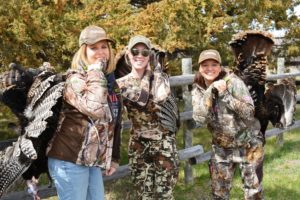 Keep your log in a small tablet that’s easy to locate. Storing it where you keep your hunting license is a good idea and will remind you to revisit the 2017 season. Avid cell phone users can “text” themselves or make notes stored in their phones so that the information is easily retrieved. Use this information to develop a game plan for 2018- what you did right and what you’d do differently. Learn from your mistakes and you’ll be a much more successful hunter.
Keep your log in a small tablet that’s easy to locate. Storing it where you keep your hunting license is a good idea and will remind you to revisit the 2017 season. Avid cell phone users can “text” themselves or make notes stored in their phones so that the information is easily retrieved. Use this information to develop a game plan for 2018- what you did right and what you’d do differently. Learn from your mistakes and you’ll be a much more successful hunter.









![The Best Deer Camp Chili [VIDEO] Deer Chili Ingredients, Tomatoes, Chili Spices](/wp-content/uploads/2015/10/Deer-Chili-Deer-Camp-Recipe-218x150.jpg)








![How to Call Elk Early in the Season [VIDEO]](/wp-content/uploads/2016/08/byers003-218x150.jpg)

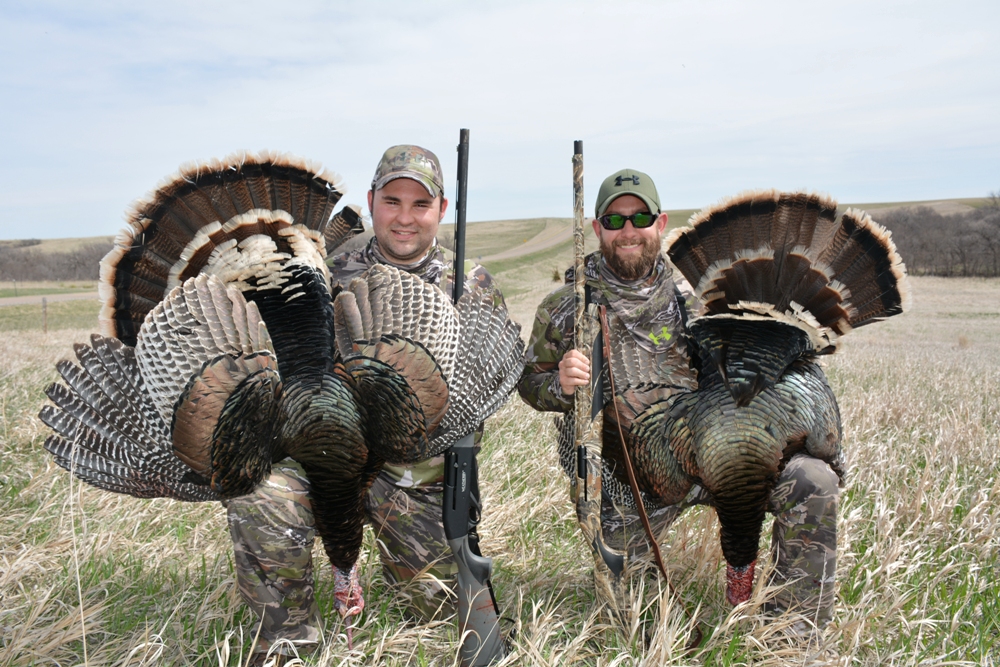


![Idiots Disturb Hunter: How Would You Have Handled It? [VIDEO]](/wp-content/uploads/2015/10/DSC00110-e1474487693878-100x70.jpg)
![Albino Buck Shocked to Shed His Antlers [VIDEO]](/wp-content/uploads/2015/10/AlbinoDeer-100x70.jpg)